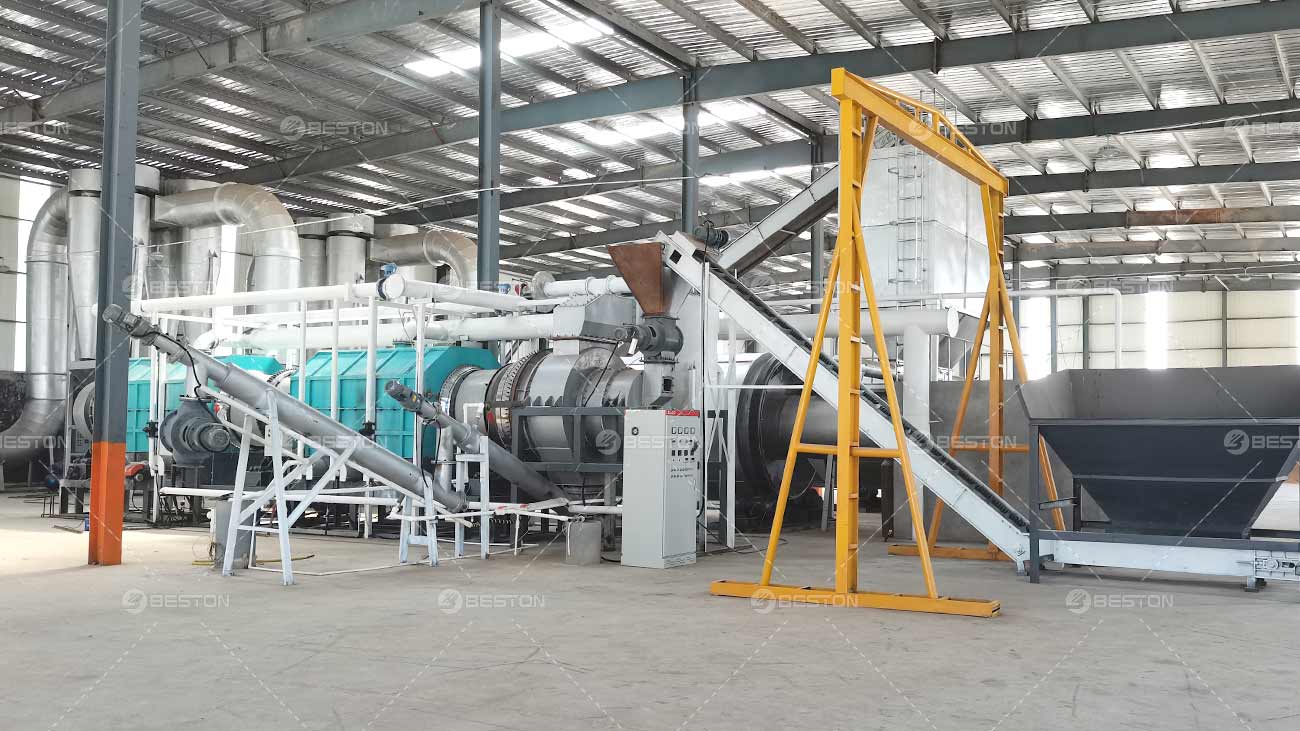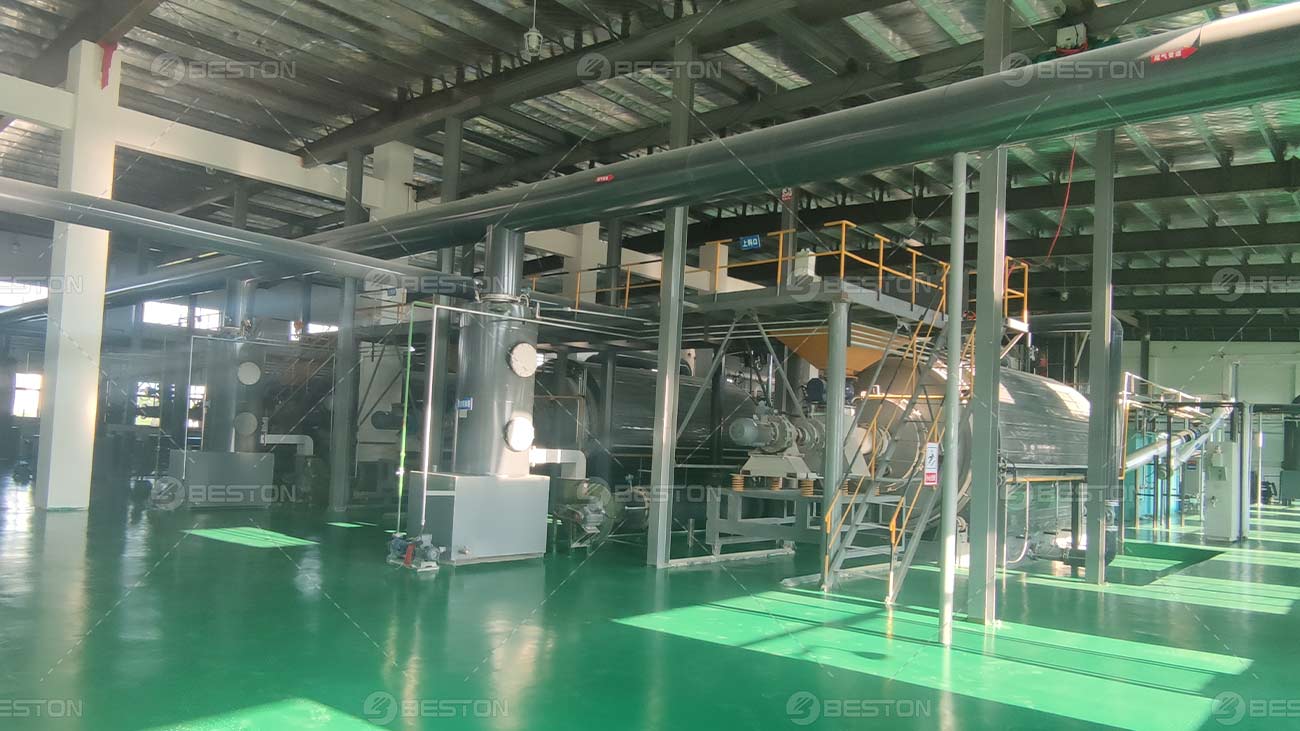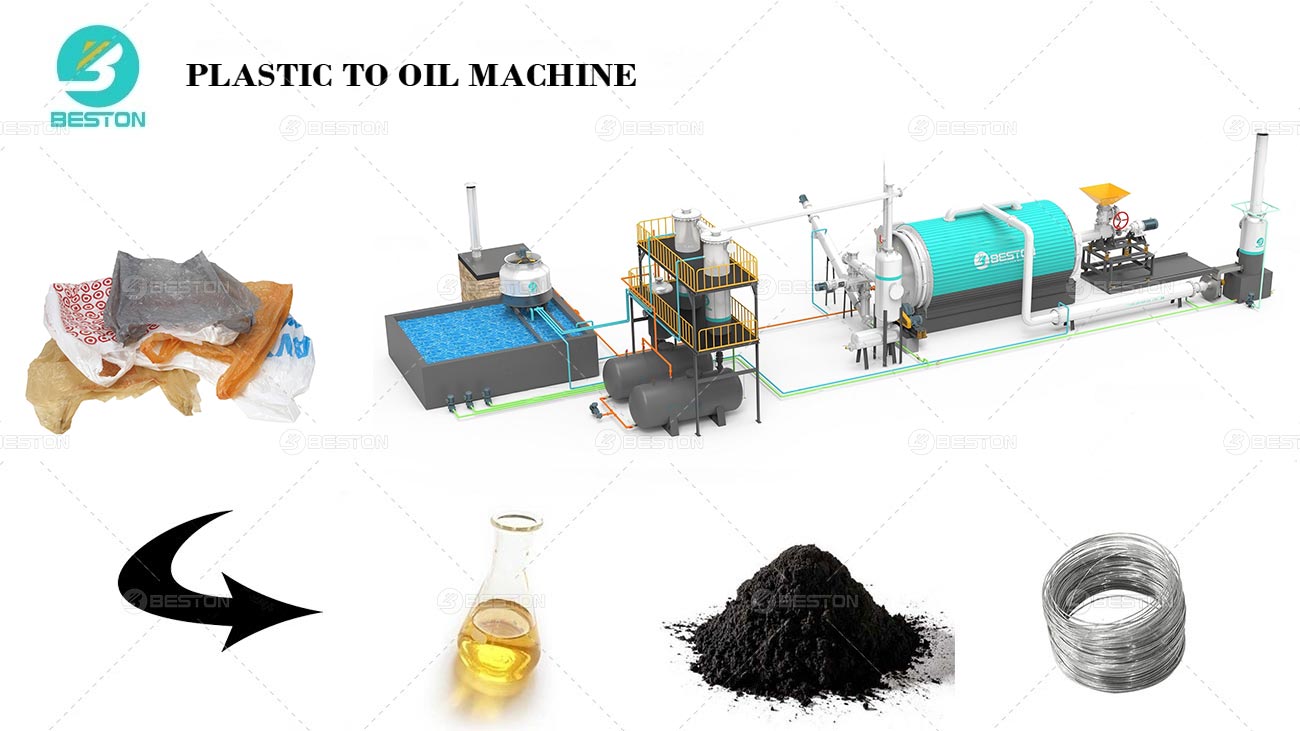Pyrolysis, a process that decomposes organic materials at elevated temperatures in the absence of oxygen, has emerged as a pivotal tool in environmental remediation efforts. Its versatility finds expression in various domains, including biomass pyrolysis plant, oil sludge pyrolysis plant, plastic pyrolysis plant, and tyre/rubber pyrolysis plant. These distinct applications collectively contribute to mitigating environmental degradation and fostering sustainable practices.
Biomass Pyrolysis Plant
Biomass, comprising organic matter derived from plants and animals, represents a substantial renewable resource. By subjecting biomass to biomass pyrolysis reactor, it undergoes thermal decomposition, yielding valuable products such as biochar, bio-oil, and syngas. Biochar, a stable form of carbon, finds utility in soil amendment, enhancing its fertility and sequestering carbon. Bio-oil, a liquid product rich in organic compounds, serves as a potential feedstock for biofuel production. Syngas, a gaseous mixture primarily composed of carbon monoxide and hydrogen, holds promise in heat and power generation.

Oil Sludge Pyrolysis Plant
Oil sludge, a byproduct of oil refining and exploration activities, poses significant challenges due to its complex composition and hazardous nature. Oil sludge pyrolysis plant offers a sustainable solution by thermally decomposing oil sludge into useful products. Through controlled pyrolysis, the organic components of oil sludge are converted into biofuels and valuable chemicals, while the inorganic residues can be further processed or disposed of safely. This process not only mitigates environmental pollution but also presents opportunities for resource recovery from waste streams.

Plastic Pyrolysis Plant
Plastic pollution has emerged as a pressing global concern, necessitating innovative approaches for its management. Plastic pyrolysis machine addresses this challenge by converting plastic waste into valuable products through thermal degradation. During pyrolysis, plastics are heated to high temperatures, causing them to break down into pyrolysis oil, gas, and char. Pyrolysis oil can be refined into diesel or used as a fuel source, while pyrolysis gas can be utilized for energy generation or chemical synthesis. Char, a carbonaceous residue, can find applications in various industries, including construction and manufacturing.

Tyre/Rubber Pyrolysis Plant
The disposal of end-of-life tires and rubber products presents environmental and logistical challenges worldwide. Tyre/rubber pyrolysis plant offers a sustainable solution by converting waste tires and rubber into valuable resources. Through thermal decomposition, tires are transformed into pyrolysis oil, carbon black, and steel wire. Pyrolysis oil can be utilized as a fuel source or further refined into high-value products, while carbon black finds applications in rubber manufacturing, ink production, and construction materials. The recovered steel wire can be recycled, completing the resource recovery loop and minimizing the environmental footprint of tire disposal.
In conclusion, the applications of pyrolysis in environmental remediation underscore its significance in transitioning towards a circular economy and mitigating the adverse impacts of waste generation. From biomass pyrolysis plant to tyre/rubber pyrolysis plant, each application offers unique opportunities for resource recovery, energy generation, and pollution abatement. Embracing pyrolysis technologies not only addresses pressing environmental challenges but also fosters sustainable development and resource conservation on a global scale. Welcome to Beston Group for further information!